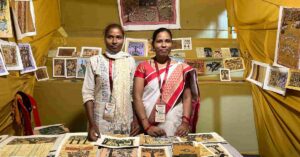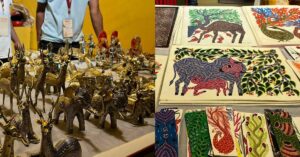Beyond Bara Imambara: Heritage Photographer Captures Lucknow’s Hidden History
Maroof Umar loves a good story. Whether it is documenting the last calligraphy artist of Lucknow or finding home chefs who cook the best sheer khurma, here's how he gives the city's history a fun spin.
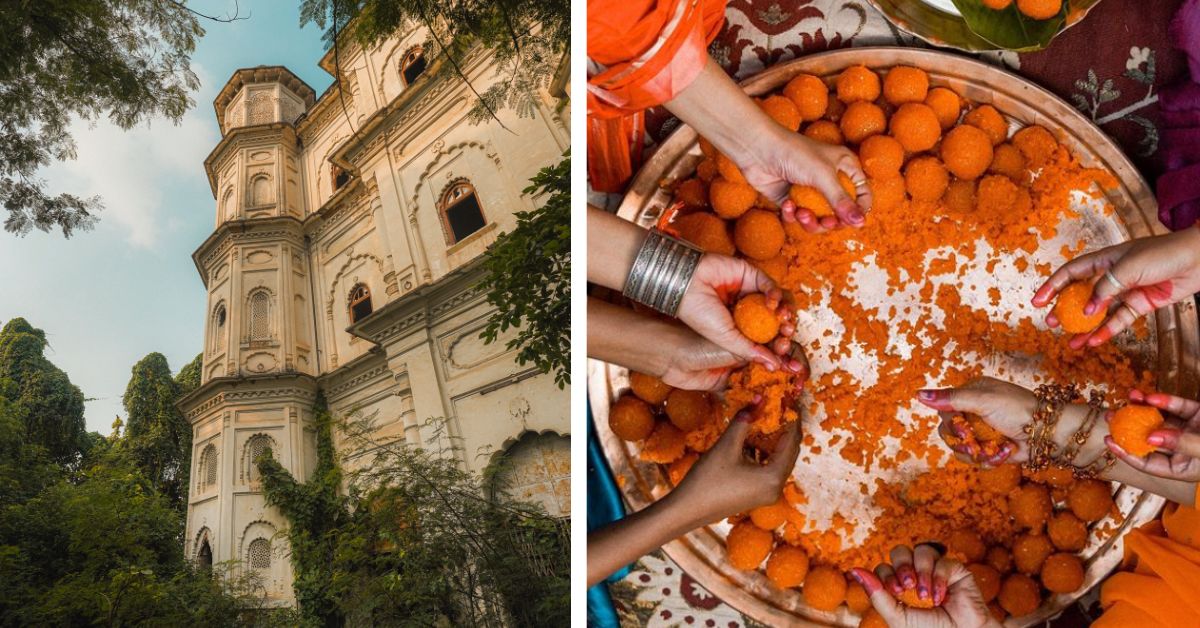
Anyone who scrolls through Maroof Umar’s Instagram account is in for a visual feast. One reel in particular catches my attention — a huge metal pot simmering over a wood fire that has been built into the ground.
The video is an attempt at telling the story of the Dum Pukht Lucknowi Pulao, better known as the eponymous Awadhi biryani. It is almost mesmerising to watch sliced onions find their way into the boiling oil as the meats patiently await their turn. Hindustani classical music accompanies the ensuing steps of the recipe, every beat announcing the next addition to the dish.
The coming together of the ingredients is captured so brilliantly, that when the lid is finally taken off the sealed pot, I find my mouth watering at the outcome that will soon meet the camera’s eye. Few photographers can capture the elusive moments of magic in something as routine as biryani preparation. One of them is Maroof.
He has been spinning enchanting narratives around India’s cultural lores for years with his Sony α7S III camera as his steadfast companion. From a college dropout to one of India’s most loved heritage storytellers — with over three lakh followers and counting — Maroof’s journey is fascinating.
His candour towards fame and love for his craft is evident as he gets chatting with The Better India. “Like any artist, I look for happiness in my work; the food I taste, and the people I meet. If I look back at the graph of my happiness over the years it has always been a constant. The little things made me happy when I started and they continue to do so.”
But even while Maroof has found fame in diligently archiving India’s culture, that was never the original plan, he shares. Months into a commerce course, he figured the traditional academic route wasn’t for him and he dropped out to start a design agency in 2012. “The visual arts had always intrigued me. I’d always viewed the world from a different perspective,” he shares.
Once the agency was on its feet, Maroof says there was a deeper calling he had. “I wanted to explore my city and tell the stories it held within its walls.”
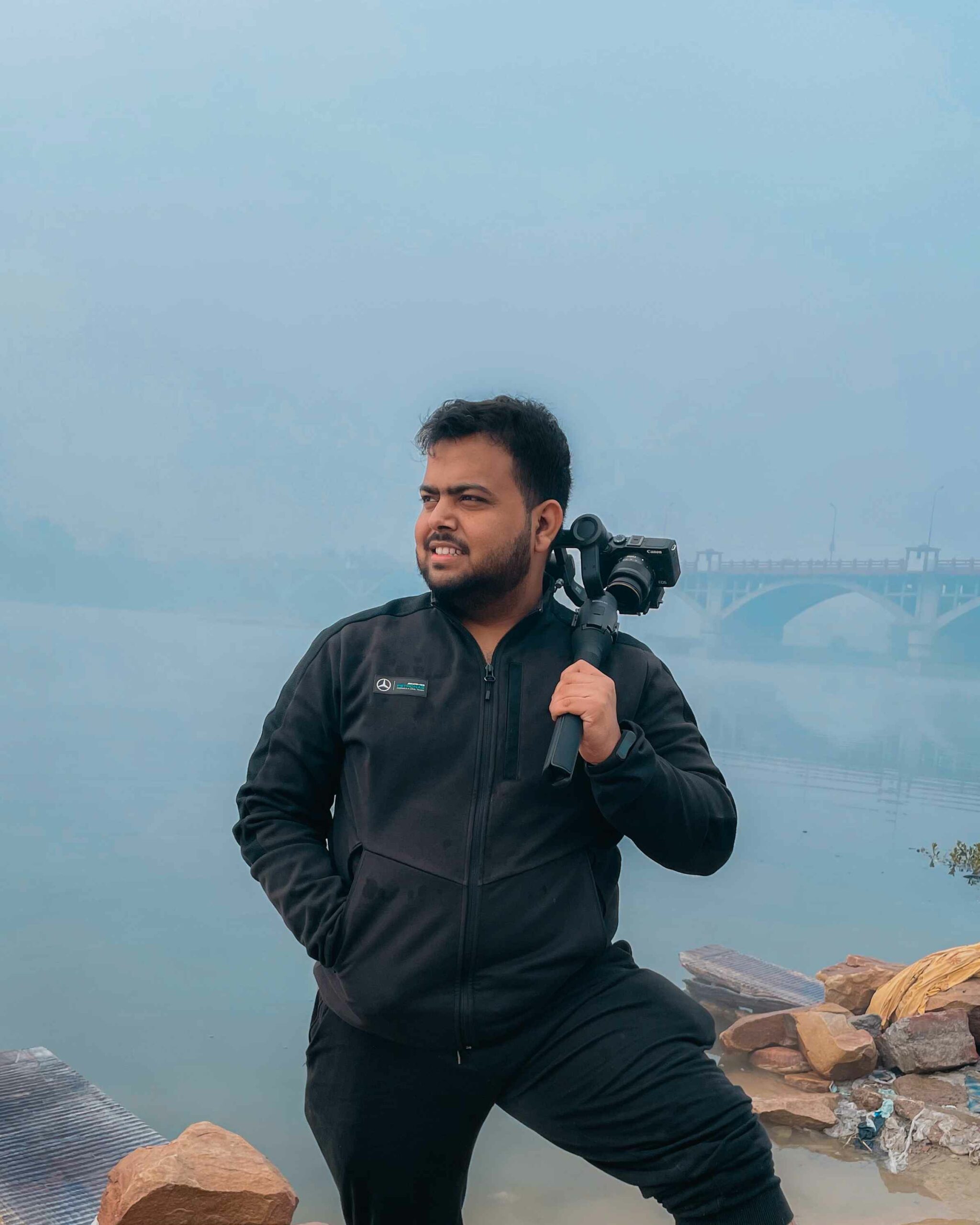

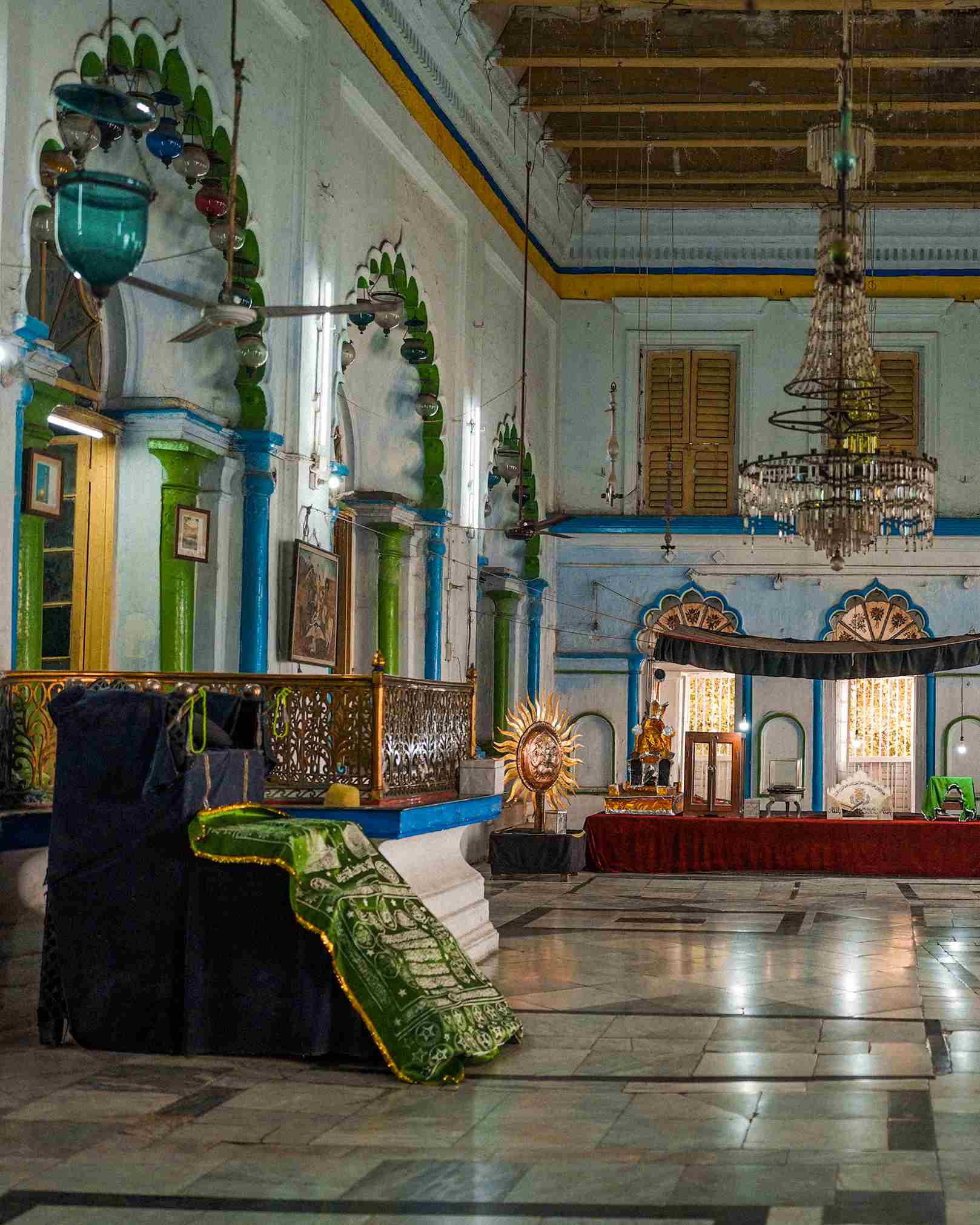
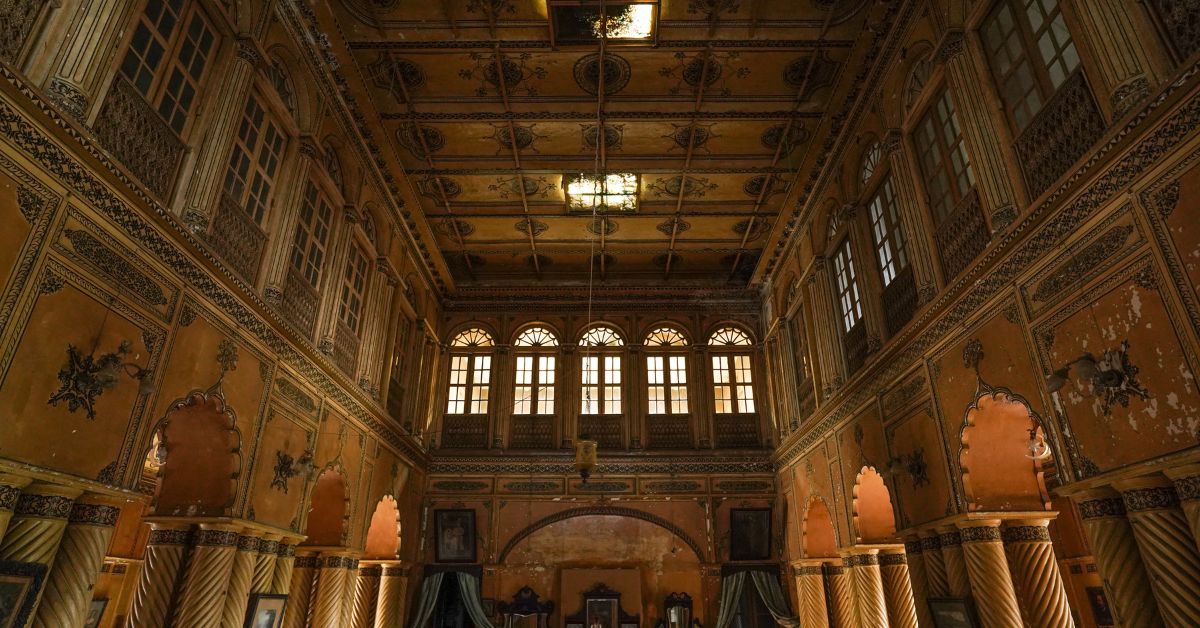
Looking beyond the obvious
“You must visit the Bara Imambara when in Lucknow!”
If you’ve heard this countless times, you’re not the only one. The pride of the historic city, this architectural marvel, built by Nawab Asaf-ud-Daula, continues to garner attention from the world over.
“You see, every city has a signature tourist spot; something that is a must-visit. But because these spots are so written about, they are often crowded. Meanwhile, other lesser-known places are deserted but equally beautiful.”
So, five years ago when Maroof decided to start his Instagram page he did so with the intent of documenting the latter. Today, his page is brimming with evocative images that tell the story of Indian culture. Immortalising the nuances of history in a time frame of a few seconds isn’t easy. But Maroof has managed it commendably well. According to him, every crack in the wall tells a story, every chip in the marble speaks volumes and nothing should be left undocumented.
Documenting history is easier said than done. This owes to the many versions that exist of the same story. Maroof notes how he had immense help from historian Roshan Taqui whose expertise helped him get the story right many times.
Recalling one such incident, he shares, “Once you enter the Bhool Bhulaiya at the Bada Imambara complex in Lucknow, you will find many guides. Each has a different take on the site. Many of them will take you to the stepwell and tell you that deep inside the water is a key to the king’s treasure that was thrown inside by the king himself.”
Concrete research led Maroof to solid facts. “I understood that the last king was Mirza Wajid Ali Shah and he was exiled to Kolkata and couldn’t carry anything with him. There wasn’t a scope of any key to be thrown into the well.”
If you tell anyone you’ve been to Lucknow and not tasted the khasta kachauri, you’ll be advised to take another trip. In one of his reels, Maroof deep dives into the legacy of this lentil-filled, deep-fried, savoury bread preparation that has been winning the hearts of the city’s residents. One such iconic spot serving the delicacy is the ‘Durga Khasta Corner’ nestled in the bustling lanes of Latouche Road. “Every visit there is marked by anticipation, as one joins the lengthy queue, surrounded by the lively chatter of patrons eagerly awaiting their orders. The experience reaches its peak when you’re handed your khasta, served on a green leaf, accompanied by lemon and green chilli. The flavours are simply unforgettable,” writes Maroof.
At the heart of every new project that Maroof engages in, there is an inherent love for the city’s artisan community. Once known as a place brimming with artisans, Lucknow now faces a dearth of these ‘magical hands’ as they are fondly called. Low wages, industrialisation and digitalisation haunt the families. In an attempt to revive the magic, Maroof began documenting a few of the legendary shops in the bazaars of the city. This is when he came across the hand-painted sign boards. “The artisans who specialise in this art form are true masters. With every stroke of their brush, they imbue each board with a unique personality. No two boards are the same; each one has its individuality.”
History cannot be told without factoring in food. Maroof agrees. In fact, he goes a step further. “You can’t get an essence of any city’s culture just from tasting the commercial food which is very readily available. The essence of any culture or cuisine lies in the home-cooked food. So, we decided to start telling the stories of these places.”
Elaborating on one such rustic place that he has documented, Maroof says, “Aab-o-Daana is run by a home chef. What is commendable is that she has brought her love for cooking and her culture to the world and invited people to taste it.”
If you were to go back in time to the 17th century and visit Lucknow, a very different sight would greet you. The streets back then were filled with artists performing the glove puppet theatre (Gulabo-Sitabo). The short skits they would put up were notable for their improvised witticisms and varied subjects, which more often than not were drawn from daily life. Maroof points to how the once-popular art is now losing relevance as people don’t find the time to watch it anymore. “So, when we came across Naushad who is carrying forward the legacy, but finding it difficult to sustain, we pitched his story to Oppo. The short ad did wonders and helped Naushad’s story reach the world.”
Another such artisan whose life Maroof was able to change was Azeem Jafri, one of Lucknow’s last calligraphy artists. “He does phenomenal calligraphy and even teaches students the art,” recalls Maroof who documented the legend’s story for a Google video on Urdu day.
Tying back to the theory of off-beat monuments being incredible but deserted, Maroof shares the story of the Makka Darzi ka Imambara 120 km from Lucknow. “The story behind it is beautiful. The monument was built by a tailor who was working for the nawab. Fascinated by European clothes, he saved up his wages and finally built this monument that features the most wonderful motifs and stucco work that you cannot find in any other monument in Lucknow.”
The cities of India have revelled in the magic that Maroof creates through his lens, but as I ask him to pick one favourite of his, he smiles. “Poorane sheher ki baat hi kuch alag hoti hai. (Old cities have a different charm altogether.) If I had to pick a favourite place it would be old Delhi, old Lucknow, or the part of Jaipur that lies beyond the Chaupar. There is a certain energy about the olden part of the city that draws me to it.”
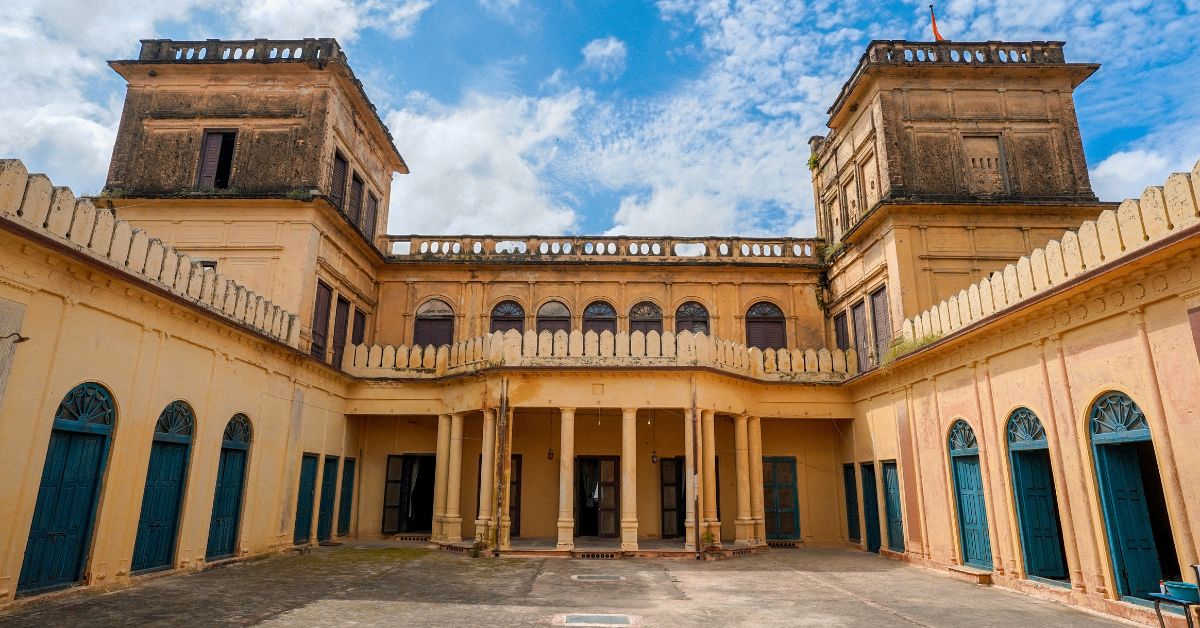
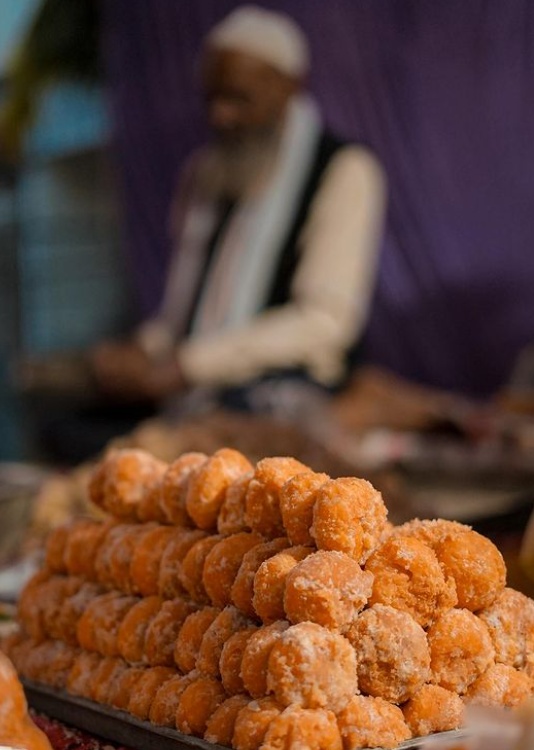
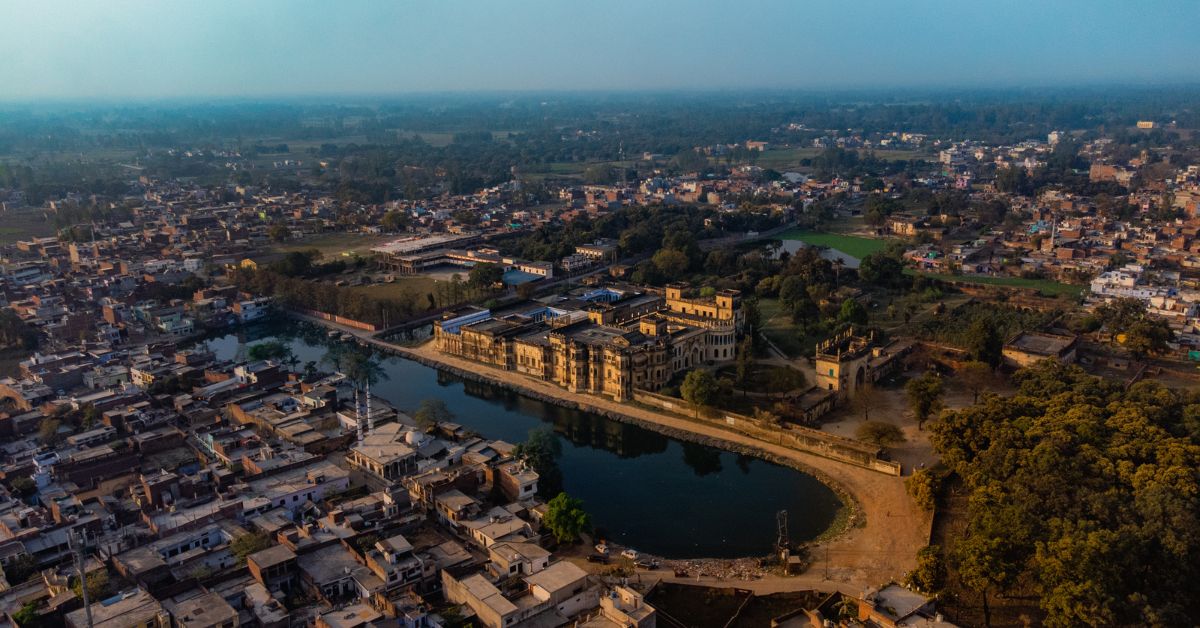
Edited by Padmashree Pande.
If you found our stories insightful, informative, or even just enjoyable, we invite you to consider making a voluntary payment to support the work we do at The Better India. Your contribution helps us continue producing quality content that educates, inspires, and drives positive change.
Choose one of the payment options below for your contribution-
By paying for the stories you value, you directly contribute to sustaining our efforts focused on making a difference in the world. Together, let’s ensure that impactful stories continue to be told and shared, enriching lives and communities alike.
Thank you for your support. Here are some frequently asked questions you might find helpful to know why you are contributing?


This story made me
-
97
-
121
-
89
-
167




